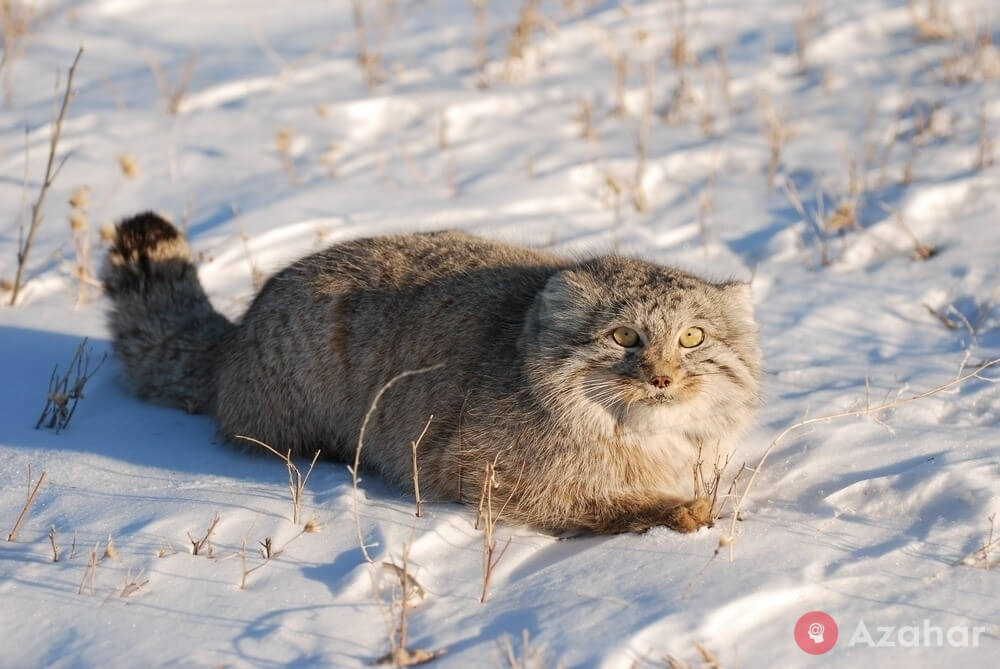Pallas's - wild cat, with the thick and warm fur in the world
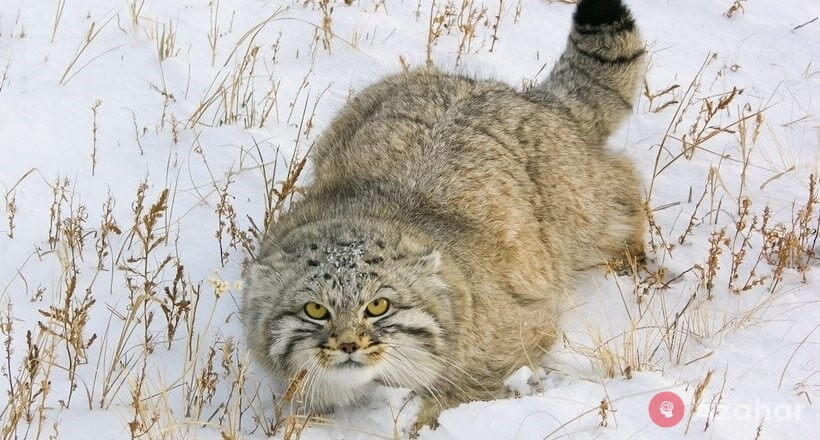
Wild cat: externally the Pallas's cats resemble domestic cats of a gray color, but incredibly fluffy and with slightly unusual ears. To meet them in the wild is rare: they live in remote mountain areas, and their numbers throughout their range are very low. It would seem a little wildcat easier to find food, and for predators, they are not as noticeable. Why, then, of Pallas's cats have so little?
Pallas's is the wild cat, with the thick and warm fur in the world
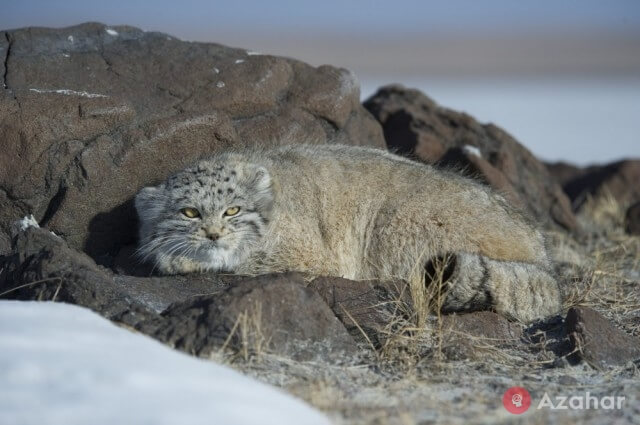
The Pallas's are among the few members of the cat family that are found in our country. In the USA Pallas ' cats are found mainly in mountainous areas, steppe, and semidesert zones, rising to a height of up to 3 000-4 500 meters above sea level. The Pallas's cats avoid the forest areas and regions with high snow cover, which is extremely inconvenient for these little cats.
The Pallas's cats are small and comparable in their parameters to domestic cats. With a body length of 50-65 centimeters, adults weigh from 2 to 5 kilograms, although it seems that they are much heavier.
All the matter in unusually thick and long six, covering the body of the animal. Living in areas with a sharply continental climate, the Pallas's cats have the densest wool among all cats, and the hair's length reaches 6-7 inches. According to estimates of biologists, every square centimeter of the surface of the body of the wildcat has 9000 hairs. The color of this gorgeous grey fur with splashes of bright and red shades, which is excellent camouflage among the rocks and steppe landscapes of the highlands.
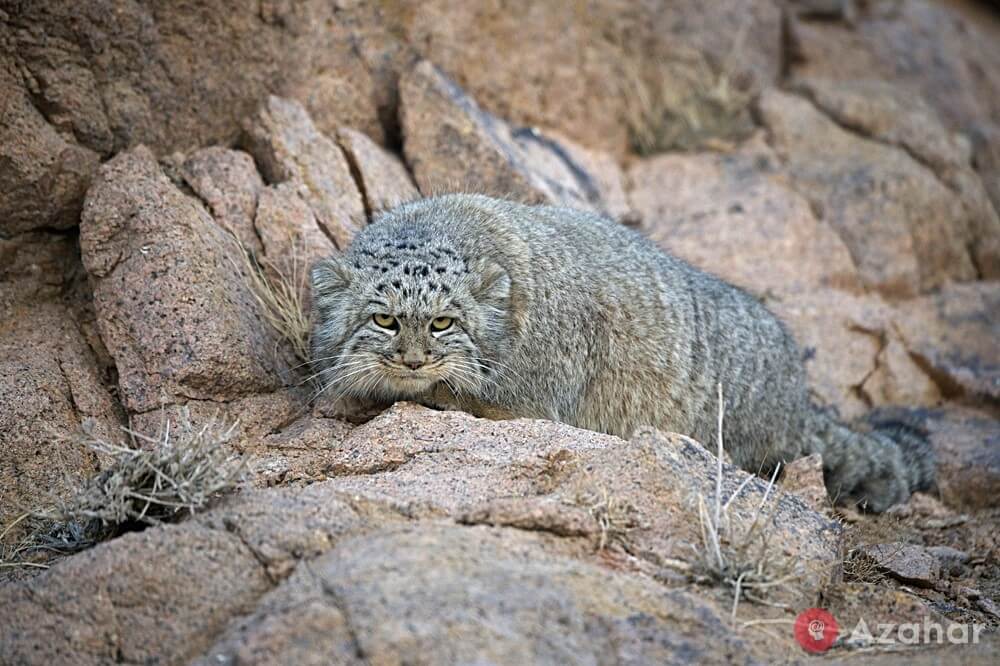
Like all felids, Pallas's cat is a predator. But the specialists say that among all his relatives the Pallas's is the slowest and clumsy. However, this does not prevent them to successfully hunt small rodents and pikas, in the absence of which they do not disdain and smaller prey in the form of grasshoppers and other insects. The Pallas's cats are not fans of running long distances and were watching their prey, carefully waiting in ambush.
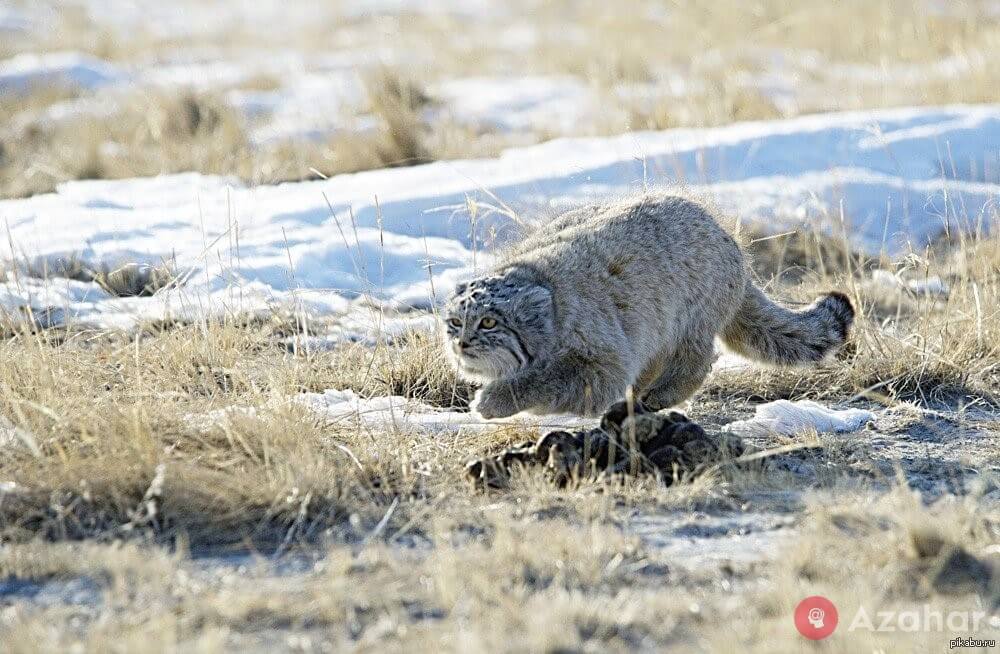
But even with lovely warm fur and camouflage, being able to hunt and to escape from enemies, and salvation are not so common in the wild. And even in protected areas, where for the prosperity and salvation of all conditions, the density of these cats is extremely low.
Experts attribute this situation on a number of factors, including the high mortality rate of kittens from toxoplasmosis (an infectious disease), displacement of man from his traditional habitat, which passes under grazing and illegal hunting of Pallas's cats for their fur. The number of individuals of this species in our country, according to the beginning of the 2000s was estimated at 600 individuals 3000-3. The Pallas's good shift keeping in captivity and even reproduce, but success in breeding this species have only a few zoos.
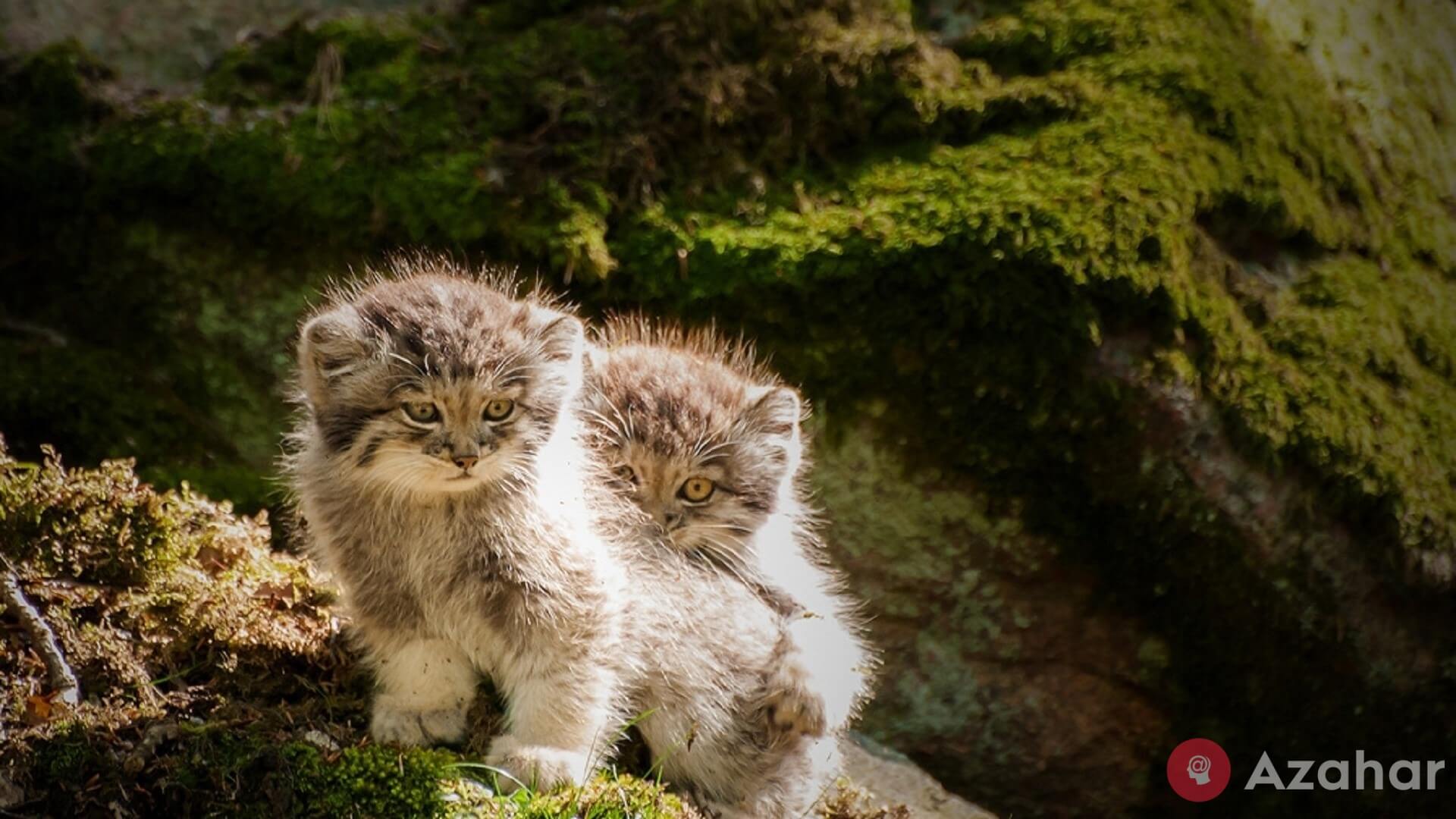
You must immediately proceed to the rescue of Pallas's cats because they are becoming less and today scientists still know rather little about these magnificent cats.
